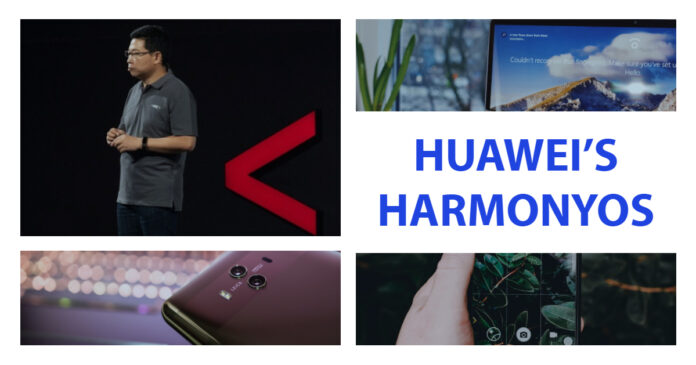After rumors of months have circulated that Chinese tech giant Huawei was active at work on a homemade operating system, an increasingly essential step toward independence after the US bans prompted Google to sever ties. It’s now here: HarmonyOS or Hongmeng in China. By all appearances, it’s an exciting, ground-breaking take on what a modern-day operating system should be. Just don’t call it an Android Replacement.
HarmonyOS made its debut at Huawei’s developer conference in Dongguan, China, where Richard Yu, CEO of the company’s Consumer Business Group, talked up its wide-ranging potential. “We wanted an OS that supports all Resources, that can be used across a broad range of devices and platforms, and that can meet customer requirements for low latency and Powerful security,” Yu said.
HarmonyOS has indeed been made with that breadth of applications in mind. The open-source platform is meant for smart TVs, smartwatches, and a bevy of Internet of Things doodads. Its microkernel architecture is very lightweight and, more significant, free from any legacy baggage from the Linux kernel that underpins Android. Huawei touts HarmonyOS as having a “Deterministic Latency Engine,” a fancy way of saying that it can better prioritize resources when apps and functions compete over them than Android can.
While smartphones weren’t the primary focus of Huawei’s announcement, they’re top of mind. At a press conference on the event, Yu said that Huawei was “waiting on an update” to see what products it might be able to use Android in, given the minor thawing of geopolitical tensions in recent months. If it’s still blocked, Yu said, Huawei is prepared. “If we cannot use [Android] in the future, we can immediately switch to HarmonyOS,” he said. As you might have guessed, it’s not quite so simple.
While there’s no reason to doubt that Huawei can put HarmonyOS on a smartphone—Chinese media says it’s already in the works—the mere presence of an operating system doesn’t make a device functioning, any more than the presence of big tent assurances a circus performance. Without apps, HarmonyOS has very little to offer. And despite Huawei announcing a billion-dollar investment in getting developers on board, those apps may be hard to come by. Developers will be able to port Android apps over to HarmonyOS, but that process may not be worth it for many.
“In my view, Huawei is under-communicating the work it will take to make this successful,” says Patrick Moorhead, president of Moor Insights & Strategy, a technology analyst firm. “Most every Android app writes to specific Android APIs, so any code that touches cameras, fingerprint readers, AR cameras, microphones, proximity sensors, and even privacy and security standards must be altered.”
That potentially makes HarmonyOS a tough sell, especially given that smartphones aren’t its initial focus. The exception is in Huawei’s home-based marketplace of China, where the company has enough clout to attract developers. But this is a worldwide company with global ambitions. Internationally, HarmonyOS will face the same problems that felled Windows Phone and Tizen and other aspiring Android and iOS alternatives: Without apps, no one buys the devices. If no one owns the devices, developers don’t trouble to make apps.
There’s another layer to the question of HarmonyOS’s smartphone possibility. While Huawei touts the ability to craft one app that works across several form factors, that same adaptability can take a toll on quality.
“To run universally, you can’t take benefit of device-unique things,” says Michael Facemire, principal analyst at Forrester Research. “For instance, when I put experience on a TV that also needs to work on a phone, I either have to have a massive amount of conditional logic—in essence, construction two separate user interfaces—or I build to the lowest common denominator, making both experiences look poor.”
Android developers already have to slog through a wide variety of smartphone screen sizes to make their apps look up to snuff. When you add in a universe of devices all with wildly unlike form factors, that difficulty only compounds. What looks good on a smartwatch might not sparkle on a 4K TV set.
Which is why a better comparison for HarmonyOS than Android is Google’s Fuchsia. Details are limited, but like HarmonyOS, Fuchsia is an open-source, microkernel operating system. Like HarmonyOS, it’s designed to work across a broad range of IoT and other connected devices. And like HarmonyOS, it’s not anywhere near ready to go into a smartphone.
HarmonyOS does represent the next frontier in operating systems. It will have its place in the whole thing from industrial systems to smart displays. And given sustained pressures with the US, Huawei needs to find possible homegrown substitutes to the software and hardware it has sourced from the West for so long. But there’s a cause Yu was also worried that Android remains Huawei’s first choice. Right now, its backup strategy for smartphones is hardly a plan at all.


